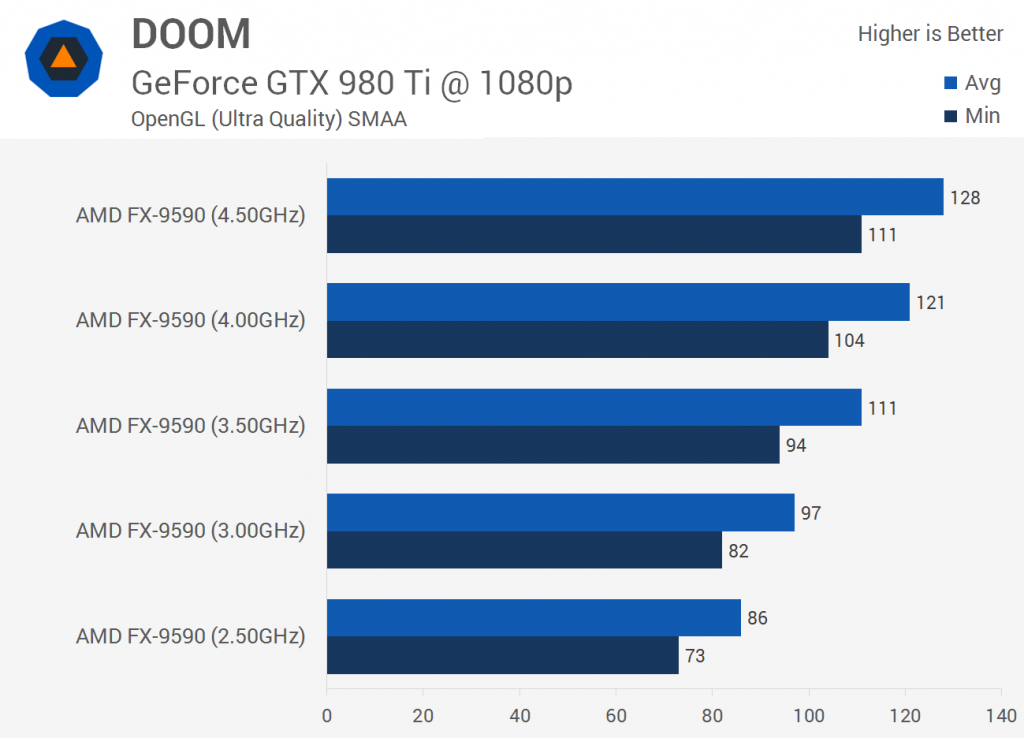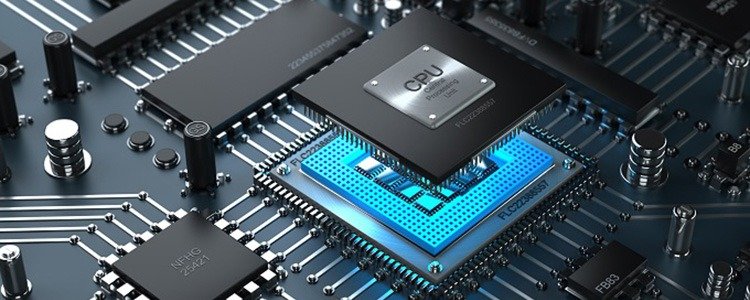Although we all have one inside our computers, not everyone can know what a processor or CPU is. However, there may be users who do not know very well what the CPU is, nor the function that it performs inside our personal computers.
This is what we are going to explain. Although we all have one inside our computers, not everyone can know what a processor or CPU is. And, if there is a component that has little mystery, that is the processor. However, there may be users who do not know very well what the CPU is, nor the function that it performs inside our personal computers. This is what we are going to explain in this article.
The processor (CPU, Central Processing Unit) is the most important component of our PC. Its function is to be the brain of the entire operation of the system, being in charge of directing all the tasks carried out by our team.
These tasks are carried out thanks to the fact that inside there are billions of transistors made using silicon. These transistors combine to form logic gates, which allow addition, subtraction, multiplication and division operations. Because it is these mathematical operations that the processor uses to process the data that is supplied to it. In this way, you get a result that may be needed by other team members.
Processor Frequency (Hz)

Processor frequency (expressed in Hz) is the number of times per second that the unit is capable of performing an operation. Although the first modern CPUs had their frequency measured in MHz (millions of times per second), current processor models measure their frequency in GHz (billions of times per second).
All the circuitry and data paths of the processor are concentrated in the processor core. Originally, the processor core was unique, which meant there was one for every die. However, in the mid-2000s, processors that contained more than one core per die began to appear. This happened with the Intel Pentium D processors and the AMD Athlon 64 X2.
The desktop operating systems of those days were not able to take advantage of their full potential (we are talking about the times of Windows XP). But, subsequent versions of Microsoft’s operating system did begin to get all the performance they were capable of. This has led to the most modern versions of Microsoft being able to handle processors with many cores.



